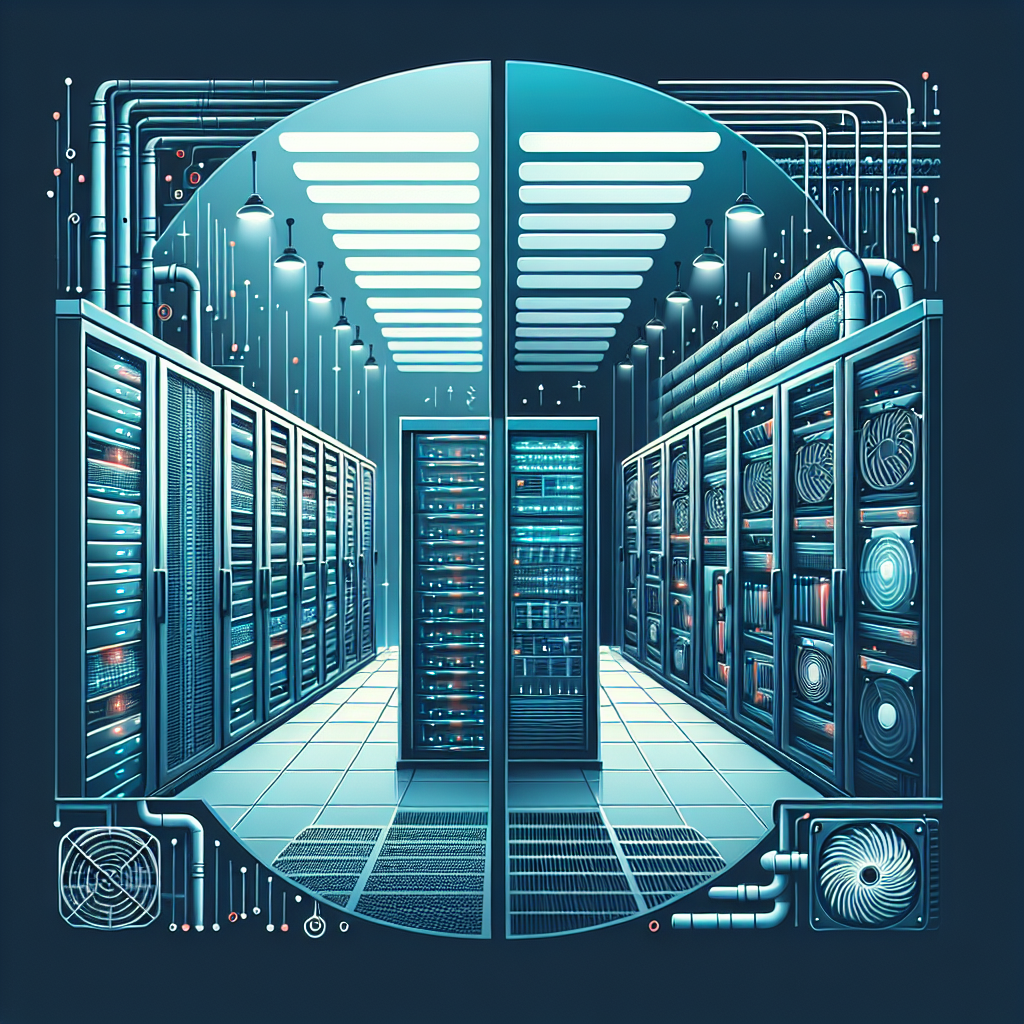Fix today. Protect forever.
Secure your devices with the #1 malware removal and protection software
Data centers are the backbone of today’s digital world. They store, process, and distribute vast amounts of information every day, making them crucial for businesses, government organizations, and individuals alike. However, one often overlooked aspect of data center design is cooling. Proper data center cooling design is essential for ensuring the smooth operation and longevity of the equipment housed within.
One of the main reasons why data centers generate so much heat is the sheer amount of electrical power required to run the servers, storage devices, and networking equipment. As these devices operate, they generate heat as a byproduct. Without proper cooling mechanisms in place, this heat can quickly build up, leading to overheating and potential equipment failure.
Proper data center cooling design involves a combination of equipment, layout, and airflow management strategies to efficiently remove heat from the facility. This includes the use of precision air conditioning units, hot and cold aisle containment systems, and other cooling technologies such as liquid cooling or free cooling.
One of the most common cooling strategies used in data centers is the use of raised floor systems. These systems allow cool air to be distributed under the floor and directed to where it is needed most, such as server racks and other heat-generating equipment. Hot air is then expelled through ceiling vents or other exhaust systems.
Another important aspect of data center cooling design is ensuring proper airflow management. This involves designing the layout of the data center in such a way that cool air is directed to where it is needed most and hot air is efficiently removed. This can include the use of containment systems to separate hot and cold aisles, as well as optimizing server rack placement and airflow patterns.
Proper data center cooling design is not only essential for preventing equipment failure due to overheating but also for reducing energy consumption and operating costs. By implementing efficient cooling strategies, data center operators can lower their energy bills, prolong the life of their equipment, and reduce their overall carbon footprint.
In conclusion, understanding the importance of proper data center cooling design is crucial for ensuring the smooth operation and longevity of data center equipment. By implementing efficient cooling strategies, data center operators can not only prevent equipment failure but also reduce energy consumption and operating costs. Investing in proper cooling design is a wise decision for any organization that relies on data centers for their day-to-day operations.
Fix today. Protect forever.
Secure your devices with the #1 malware removal and protection software

Leave a Reply
You must be logged in to post a comment.